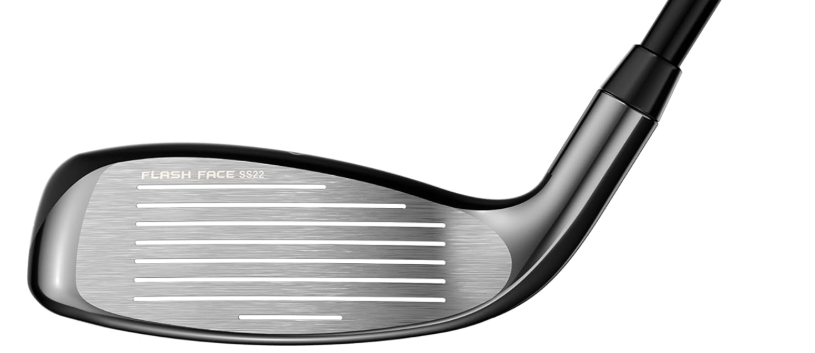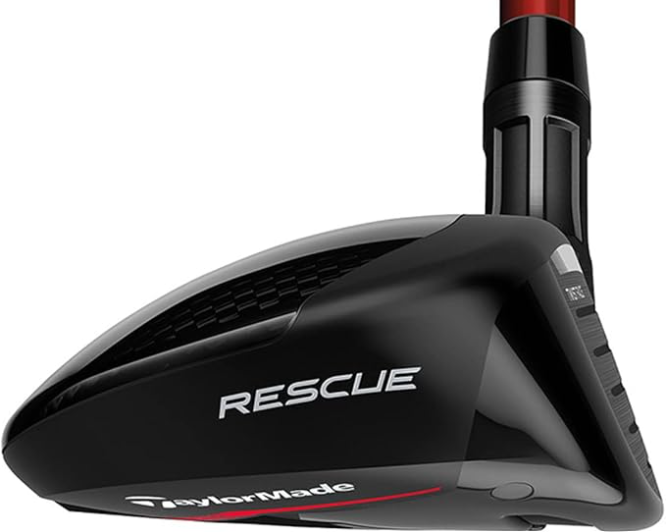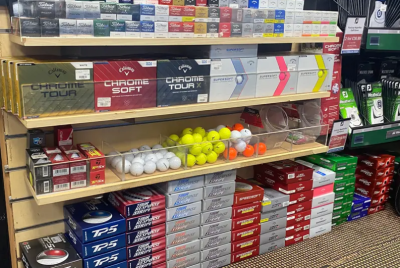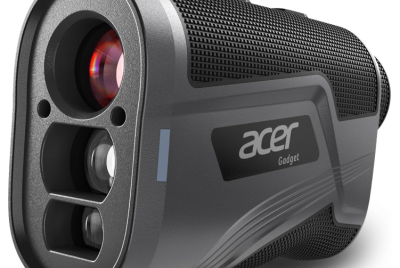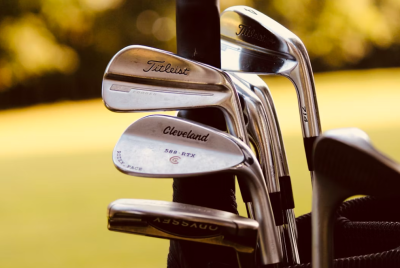Best Hybrid Golf Clubs
As an avid player who’s spent countless hours on courses across the country, I’ve come to appreciate the game-changing versatility that hybrid clubs bring to my bag. If you’re struggling with long irons or looking to improve your approach shots, the best hybrid golf clubs could be exactly what your game needs. These ingenious clubs combine the forgiveness of woods with the precision of irons, making them indispensable for players at all skill levels.
Throughout my golfing life, I’ve tested several, and I’ve discovered that finding the right one can dramatically lower your scores. In this guide, I’ll share my insights on the top hybrid options from Callaway, TaylorMade, and Cobra, explaining why these clubs deserve serious consideration and how they might transform your game.
Understanding Hybrid Golf Clubs
The Evolution of Hybrid Clubs
Hybrid golf clubs emerged in the early 2000s as a solution to the notoriously difficult-to-hit long irons. I remember when they first appeared on the scene—many traditionalists were skeptical, but these clubs quickly proved their worth. Originally called “rescue clubs” or “utility clubs,” hybrids were designed to provide greater forgiveness and higher launch angles than conventional long irons. As a matter of fact, I was an early adaptor of the TaylorMade “Tight Lies” club. It was not exactly a hybrid- but it defiantly was sold as a “rescue” club. I had one of the first ones and really liked it. Then came improvement!
The design philosophy behind hybrids is brilliant: they feature a wood-like head that’s smaller than a fairway wood but larger than an iron, giving you the best of both worlds. The wider sole and lower center of gravity help get the ball airborne more easily, while the shorter shaft length (compared to woods) offers more control and accuracy.
Over the years, manufacturers have refined hybrid designs with advanced materials and technologies. Today’s hybrids feature sophisticated weight distribution systems, flexible face technologies, and aerodynamic shaping that make them more versatile and effective than ever before.
Why Hybrid Clubs Deserve a Spot in Your Bag
I can tell you firsthand that these clubs have revolutionized my approach to difficult shots. Here’s why I believe hybrids deserve serious consideration:
- First, they offer exceptional versatility. I’ve used my hybrids effectively from the fairway, rough, fairway bunkers, and even for bump-and-run shots around the green. This versatility makes them valuable in various playing conditions and scenarios.
- Second, hybrids provide remarkable forgiveness on off-center hits. When I miss the sweet spot with a long iron, the result is often disastrous. With a hybrid, I still achieve decent distance and direction, which helps maintain confidence throughout my round.
- Third, hybrids deliver higher launch angles than comparable irons. This higher trajectory means the ball lands softer on the green, giving you better stopping power on approach shots. I’ve found this particularly helpful when attacking pins on firm greens.
- Finally, hybrids are easier to hit consistently than long irons. The design promotes a sweeping motion rather than the steep descending blow required by irons, which aligns better with most recreational golfers’ natural swing patterns.
Top Callaway Hybrid Golf Clubs
Callaway has established itself as a premier manufacturer of hybrid clubs, with innovations that consistently push the boundaries of performance. Here are three standout models I’ve had the pleasure of testing:
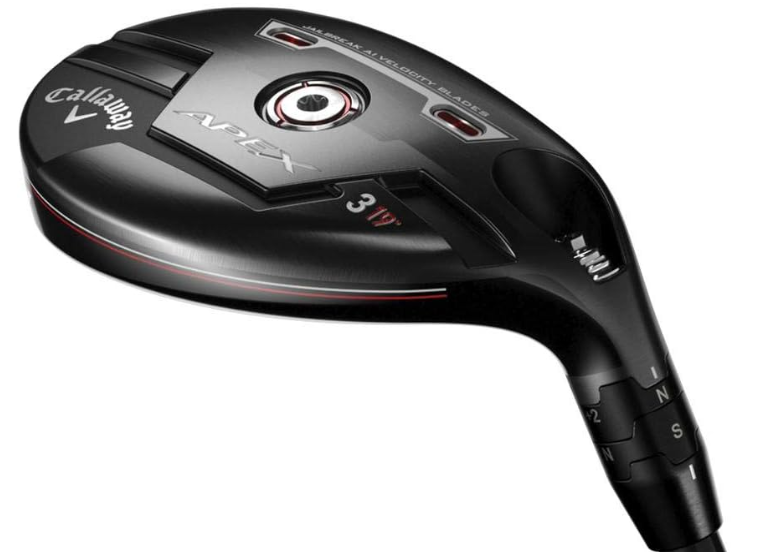
Callaway Apex Hybrid
The Callaway Apex Hybrid represents the pinnacle of hybrid engineering for better players. What impressed me most about this club is its iron-like control combined with the forgiveness you’d expect from a hybrid. The Apex features Callaway’s Jailbreak A.I. Velocity Blades, which stiffen the body while allowing the face to flex more at impact, resulting in impressive ball speeds.
The compact head shape appeals to my eye at address, inspiring confidence without looking bulky. Unlike some game-improvement hybrids, the Apex delivers a more penetrating ball flight with less spin, making it ideal for windy conditions.
What truly sets the Apex apart is its workability. I can shape shots in either direction when needed, something that’s challenging with many other hybrids. The neutral bias also helps players who fear the dreaded hook that plagues many hybrid users.
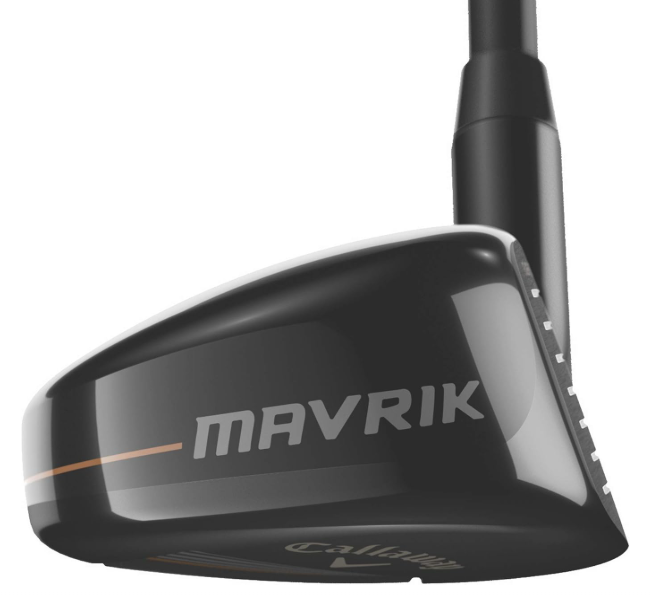
Callaway Mavrik Hybrid
The Callaway Mavrik Hybrid stands out for its exceptional forgiveness and distance. This club features Callaway’s Flash Face SS20 technology, designed using artificial intelligence to optimize ball speed across the entire face. I’ve found this particularly helpful on those inevitable off-center strikes.
The Mavrik’s larger head profile provides confidence at address, and the square face angle helps minimize the left bias that troubles many golfers with hybrids. During my testing, I discovered that the Mavrik launches the ball higher than the Apex, making it ideal for golfers with moderate swing speeds who need help getting the ball airborne.
What impressed me most was the stability of the Mavrik on shots from the rough. The specially designed leading edge and sole geometry help the club glide through thicker grass rather than digging, maintaining speed through impact even in challenging lies.
Callaway Rogue ST MAX Hybrid
The Callaway Rogue ST MAX Hybrid represents Callaway’s commitment to maximum forgiveness and distance. This club features an impressive 24 grams of tungsten weighting, precisely positioned to increase MOI (Moment of Inertia) and stability. The first time I hit this club, I was struck by how solid it felt, even on toe and heel strikes.
The Rogue ST MAX incorporates Callaway’s patented A.I. designed Flash Face SS22 and Jailbreak Speed Frame, delivering exceptional ball speeds across the entire face. During my testing, I consistently achieved higher launch angles with the Rogue ST MAX compared to other hybrids, making it ideal for golfers who struggle to get the ball in the air.
What truly distinguishes the Rogue ST MAX is its versatility from different lies. I’ve found it remarkably effective from tight fairway lies, fluffy rough, and even hardpan. The generous offset also helps golfers who struggle with a slice, as it promotes a more square face at impact.
Premium TaylorMade Hybrid Offerings
TaylorMade has been at the forefront of hybrid innovation, consistently producing clubs that deliver remarkable performance benefits. Here are three TaylorMade hybrids that have impressed me during extensive testing:
TaylorMade Stealth Hybrid
The TaylorMade Stealth Hybrid represents a significant advancement in hybrid design. It features TaylorMade’s signature carbon fiber crown, which reduces weight in the upper portion of the club, allowing for more mass to be positioned low and back for higher launch and increased forgiveness.
What immediately struck me when testing the Stealth was its exceptional sound and feel at impact. The carbon fiber construction creates a satisfying, muted sound that provides excellent feedback on strike quality. Unlike some hybrids that feel hollow or tinny, the Stealth delivers a solid, iron-like feel that better players will appreciate.
The Stealth’s V Steel sole design particularly impressed me when playing from various lies. The V-shaped sole reduces friction with the turf, allowing for cleaner contact even when hitting from challenging rough or uneven fairway lies. During my testing, I found the Stealth produced remarkably consistent distances, even on slight mishits.
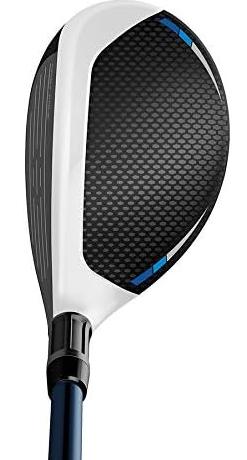
TaylorMade SIM2 Max Rescue
The TaylorMade SIM2 Max Rescue combines advanced aerodynamics with strategic weight placement to deliver exceptional forgiveness and distance. The V Steel sole design reduces drag during the swing while maintaining excellent turf interaction, something I appreciated when hitting from tight lies.
What sets the SIM2 Max apart is its Twist Face technology, which corrects for the most common mishits. I noticed significantly straighter shots when catching the ball toward the toe or heel, which translated to more greens in regulation during my testing rounds.
The SIM2 Max features a slightly larger profile than the Stealth, which inspired confidence at address without appearing overly bulky. The draw bias built into the design helped me eliminate the right miss that occasionally plagued my hybrid shots, making this an excellent option for golfers who struggle with slicing.
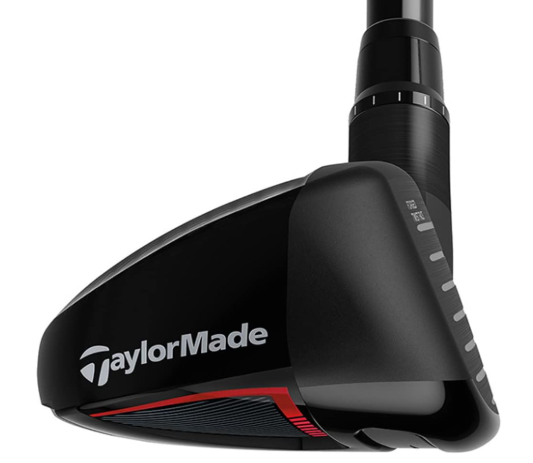
TaylorMade Stealth Plus Rescue
The TaylorMade Stealth Plus Rescue is designed for more accomplished players seeking workability without sacrificing forgiveness. Unlike its standard Stealth counterpart, the Plus model features a more compact head shape and neutral ball flight characteristics.
What immediately impressed me was the Stealth Plus’s adjustability. The adjustable hosel allowed me to fine-tune the loft and lie angle to match my swing characteristics perfectly. During my testing, I found this adjustability especially valuable when trying to fill specific yardage gaps in my bag.
The standout feature of the Stealth Plus is its iron-like playability. The club produces a penetrating trajectory that cuts through wind effectively, and the face angle remains remarkably square through impact. For players who have traditionally preferred long irons but want added forgiveness, the Stealth Plus offers an ideal compromise.
Exceptional Cobra Hybrid Golf Clubs
Cobra has emerged as a serious contender in the hybrid market, offering innovative features at competitive price points. Their hybrids have impressed me with their performance characteristics and unique technologies:
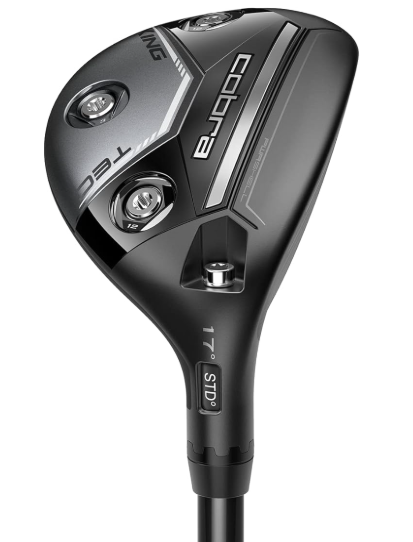
Cobra KING Tec Hybrid
The Cobra KING Tec Hybrid is designed for better players who demand workability and control. What immediately caught my attention was its compact profile and neutral face angle, which inspires confidence at address without promoting a draw or fade bias.
The KING Tec features Cobra’s Hollow Split Rail technology, which flexes more efficiently at impact to maximize ball speed while maintaining stability. During my testing, I found this technology particularly effective on strikes low on the face, where many hybrids struggle to maintain distance.
What truly distinguishes the KING Tec is its adjustability. The MyFly8 hosel system allows for eight different loft settings, enabling precise yardage gapping. Additionally, the three adjustable weights (two 12g and one 2g) can be configured to promote a draw, fade, or neutral ball flight based on your preferences. This level of customization is unmatched in the hybrid category.
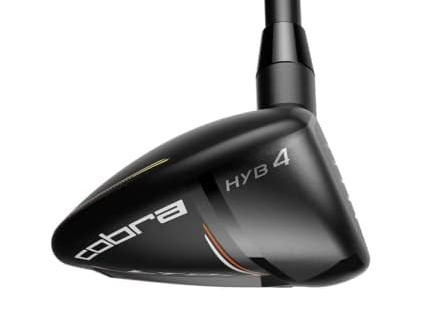
Cobra LTDX Hybrid
The Cobra LTDX Hybrid represents Cobra’s commitment to maximum forgiveness without sacrificing distance. This club features an innovative PWR-COR design, which positions weight low and forward in the head to reduce spin and increase ball speed.
What impressed me most during testing was the LTDX’s performance from challenging lies. The H.O.T. Face technology, created using machine learning, optimizes thickness across the face to maintain ball speed on off-center hits. I found this particularly helpful when playing from the rough, where clean contact is difficult to achieve.
The LTDX features a slightly larger profile than the KING Tec, which inspires confidence at address for mid-to-high handicappers. The back weighting promotes a higher launch angle, which helps get the ball airborne quickly—a significant advantage for players with moderate swing speeds.
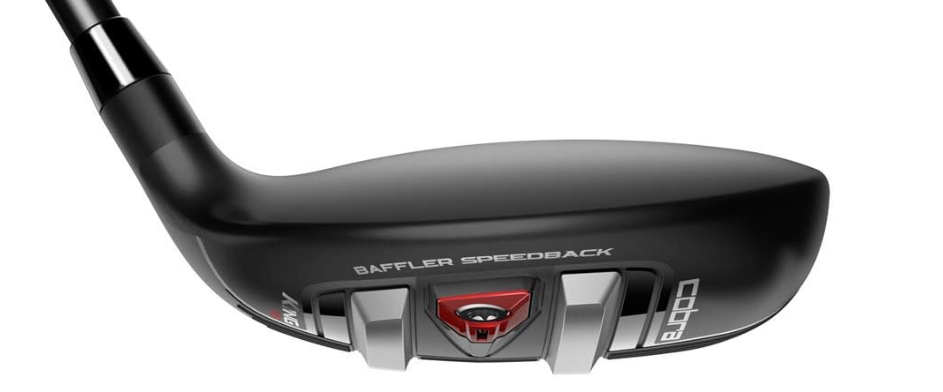
Cobra F9 Speedback Hybrid
Though not the newest model in Cobra’s lineup, the F9 Speedback Hybrid remains a popular choice among recreational golfers seeking value and performance. The distinctive Speedback shaping creates an aerodynamic profile that increases clubhead speed without sacrificing forgiveness.
What sets the F9 apart is its progressive rail design. The rails are more pronounced in the lower-lofted models to promote a sweeping motion, while higher-lofted versions feature subtler rails for more iron-like turf interaction. During my testing, I found this progressive design particularly effective, as it matched the expected shot shape for each loft.
The F9 incorporates Cobra’s Baffler Rail technology, which helps the club glide through various lies without digging. I’ve found this especially useful when playing from hardpan or tight fairway lies, where traditional hybrids might bounce into the ball. The confidence this inspires when standing over challenging shots shouldn’t be underestimated.
How to Choose the Right Hybrid Club
After testing dozens of the best hybrid golf clubs over the years, I’ve developed a systematic approach to selecting the right ones for your game:
Factors to Consider When Buying
First, determine what clubs you’re looking to replace. Hybrids typically replace long irons (3-5 iron), but some players extend hybrid use into their mid-irons. As a general rule, the loft of your hybrid should match the iron you’re replacing. A 3-hybrid (19-21 degrees) typically replaces a 3-iron, a 4-hybrid (22-23 degrees) replaces a 4-iron, and so on.
Consider your swing speed and ball flight tendencies. Players with lower swing speeds often benefit from higher-lofted hybrids with more forgiveness, while faster swingers may prefer lower-lofted models with neutral or fade bias.
Assess your typical playing conditions. If you frequently play courses with tight fairways, a more compact hybrid might serve you better. For courses with thick rough, a hybrid with rail technology (like the Cobra models) can be particularly effective.
Don’t overlook the importance of shaft selection. Many manufacturers offer stock shafts in different weight classes and flex profiles. I’ve found that heavier, stiffer shafts promote lower ball flights, while lighter, more flexible shafts help increase launch angle.
Matching Hybrids to Your Swing
Understanding your swing tendencies is crucial when selecting a hybrid. If you tend to hook the ball, look for models with a more neutral or fade bias. The TaylorMade Stealth Plus and Callaway Apex are excellent options for players concerned about the left miss.
If you struggle with slicing, consider hybrids with slight draw bias, such as the Callaway Rogue ST MAX or TaylorMade SIM2 Max. These clubs promote a more square face at impact, helping to minimize the right miss.
Pay attention to the club’s offset. More offset generally helps square the face at impact, beneficial for slicers. Less offset appeals to players who prefer a more traditional look and those concerned about hooking the ball.
Finally, consider your attack angle. If you tend to hit down steeply on the ball (like with an iron), a hybrid with a flatter sole might work better for you. If you sweep the ball with a shallower angle of attack, a hybrid with more rounded sole geometry will likely perform better.
Final Thoughts on Finding Your Perfect Hybrid
After extensive testing and countless rounds with various hybrid models, I’m convinced that these versatile clubs deserve a place in almost every golfer’s bag. The best hybrid golf clubs offer an unmatched combination of forgiveness, distance, and versatility that can transform your long game.
Whether you choose Callaway’s precision-engineered options, TaylorMade’s innovative designs, or Cobra’s feature-rich offerings, modern hybrids provide remarkable performance benefits. I’ve found that the confidence these clubs inspire when facing challenging shots is perhaps their greatest advantage.
Remember that personal preference plays a significant role in club selection. While I’ve provided detailed insights on the top models available, nothing substitutes for personally testing clubs to find what works best for your swing. Many golf retailers offer demo days or fitting services that allow you to try various hybrids before making a purchase.
As golf technology continues to evolve, hybrid clubs remain one of the most significant innovations for recreational players. For those still struggling with long irons or looking to improve their approach shots from difficult lies, investing in quality hybrids could be the fastest path to lower scores and more enjoyable rounds.
FAQs About Hybrid Golf Clubs
What degree hybrid replaces a 5-iron? A 5-iron typically has a loft between 26-28 degrees, so a hybrid with similar loft would be an appropriate replacement. Most manufacturers label this as a 5-hybrid, though some might call it a 25° or 26° hybrid.
Can high handicappers benefit from hybrid clubs? Absolutely! In fact, high handicappers often benefit the most from hybrid clubs. The forgiveness, higher launch, and versatility of hybrids make them ideal for players who struggle with consistency. I regularly recommend that high handicappers replace all their long irons (3-5 or even 3-6) with appropriate hybrids.
Should I carry multiple hybrids in my bag? This depends on your skill level and preferences. Many professional golfers carry one or two hybrids, while recreational players might benefit from three or four. I personally carry three hybrids (3, 4, and 5) because I find them more consistent and versatile than the equivalent long irons. Consider your comfort level with different clubs and any potential distance gaps in your bag.
Are hybrid clubs good for hitting from the rough? Hybrids excel from the rough, which is one of their greatest advantages. Their wider soles and lower center of gravity help the club glide through thick grass without getting caught. Models with rail technology, like the Cobra hybrids, are particularly effective from challenging lies. When hitting from the rough, I position the ball slightly back in my stance and use a slightly steeper swing to ensure clean contact.


